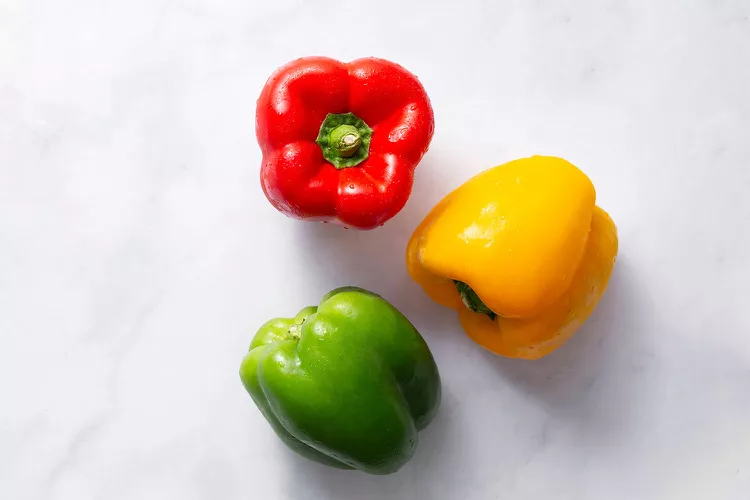- No. 268 Xianghe Street, Economic Development Zone of Xingtai city, Hebei 054001 China
- Byron@hbhongri.cn
paprika and chilli
The Vibrant World of Paprika and Chilli
When it comes to adding zest and flavor to culinary creations, few ingredients can compete with the colorful duo of paprika and chilli. Hailing from different parts of the world, these spices not only enhance the taste of dishes but also bring a world of health benefits, cultural significance, and culinary versatility. Understanding paprika and chilli can elevate your cooking, introduce you to new flavors, and connect you to different cultures.
What are Paprika and Chilli?
Paprika is a ground spice made from dried red peppers. It is predominantly associated with Hungary, where it plays a central role in traditional dishes. The key varieties of paprika include sweet, smoked, and hot, each bringing a distinct flavor profile. Sweet paprika, often used in stews and sauces, adds a rich, sweet taste without overwhelming heat, making it an integral part of many comfort foods. Smoked paprika, on the other hand, imparts a profound depth and a smoky flavor that enhances grilled meats, roasted vegetables, and even popcorn. Hot paprika encourages a bolder flavor and a gentle warmth, appealing to those who appreciate a spicy kick in their meals.
Chilli, commonly known as chili pepper, encompasses a broad range of pepper varieties, including jalapeño, serrano, habanero, and cayenne. Each type comes with its own level of heat, measured by Scoville Heat Units (SHU). From the mild poblano to the fiery ghost pepper, chillis provide a range of flavors and heat intensities that can transform the simplest of dishes into something extraordinary. Chilli peppers are used in many global cuisines, from spicy curries in India to tangy salsas in Mexico and fiery stir-fries in Thailand.
Health Benefits
Both paprika and chilli come packed with nutritional benefits. Paprika is rich in antioxidants, particularly carotenoids like beta-carotene, which is known for its anti-inflammatory properties. It also contains vitamins A and E, helping to boost the immune system and improve skin health. The presence of capsaicin in chilli peppers is particularly notable, as it contributes to the pepper's heat and has been linked to numerous health benefits, including pain relief, improved metabolism, and enhanced cardiovascular health. Including both paprika and chilli in your diet supports overall well-being while tantalizing your taste buds.
paprika and chilli

Culinary Versatility
The culinary versatility of paprika and chilli is immense. They can be used in a myriad of dishes, from appetizers to main courses and even desserts. Paprika’s warm, sweet notes make it an exceptional choice for seasoning stews, sauces, and marinades. It can also elevate the flavor of roasted nuts or vegetables, offering a colorful touch to any dish. Additionally, sprinkling sweet paprika over creamy cheeses or deviled eggs creates a delightful contrast that is visually appealing and delicious.
Chilli peppers, with their wide range of heat levels, can be incorporated into various preparations. Fresh chillis can be used in salads, salsas, and sauces, while dried versions can be ground into powders or flakes for seasoning. They can also be infused into oils or vinegars, providing a spicy kick to salad dressings and marinades. The versatility of chillis also extends to sweets—think chocolate and chilli desserts, where the heat complements the sweetness in an unexpected yet delightful way.
Cultural Significance
Beyond their culinary applications, paprika and chilli symbolize diverse cultural practices and traditions. In Hungarian cuisine, paprika is a point of national pride, reflecting the country’s agricultural history and its beloved dishes like goulash. Chilli plays an equally significant role in many cultures, including Mexican and Indian cuisines, where peppers are essential to the flavor profiles of regional dishes. The cultivation, preparation, and consumption of these spices often bring communities together, celebrating heritage and identity through food.
Conclusion
In summary, paprika and chilli are not merely spices; they are vibrant elements that can enhance your dishes and offer a glimpse into cultural traditions. Their health benefits and culinary versatility make them essential ingredients in kitchens worldwide. Whether you’re seeking to spice up your meals or explore new culinary frontiers, embracing the flavors of paprika and chilli is a journey worth embarking on. So, sprinkle, stir, and savor the warmth they bring to your culinary adventures!
-
Unlock the Power of Nature with Capsicum Oleoresin ExtractNewsJul.03,2025
-
Unleash the Heat: Discover the Wonders of Spicy Crushed Red PepperNewsJul.03,2025
-
Unleash the Flavor of Red Pepper Pods – Elevate Your Culinary Creations!NewsJul.03,2025
-
The Rich Flavor of Red Pepper Dried – The Ultimate Ingredient for Your Culinary Creations!NewsJul.03,2025
-
Discover the Rich Flavor of the PaprikaNewsJul.03,2025
-
Discover the Flavorful World of Paprika & Chili ProductsNewsJul.03,2025







